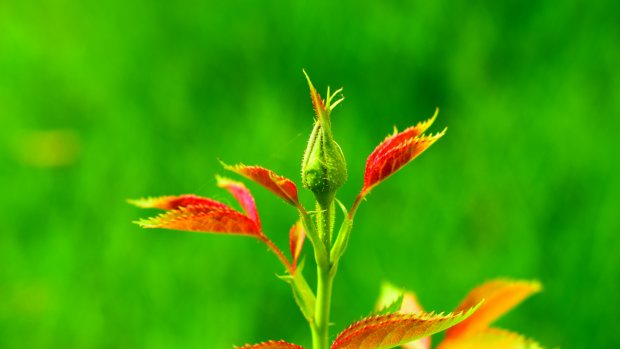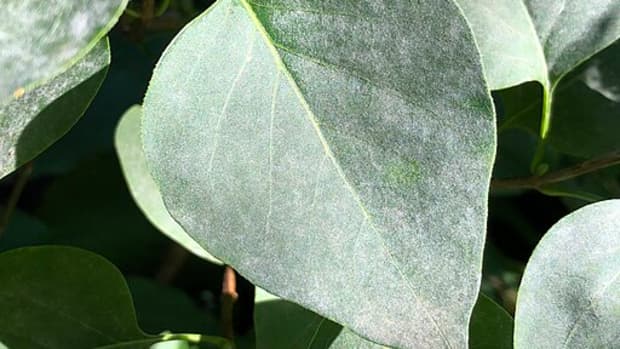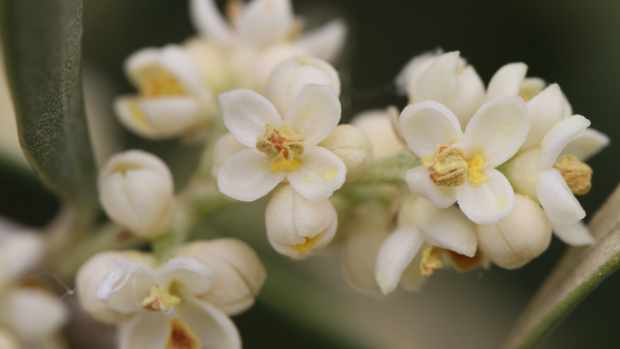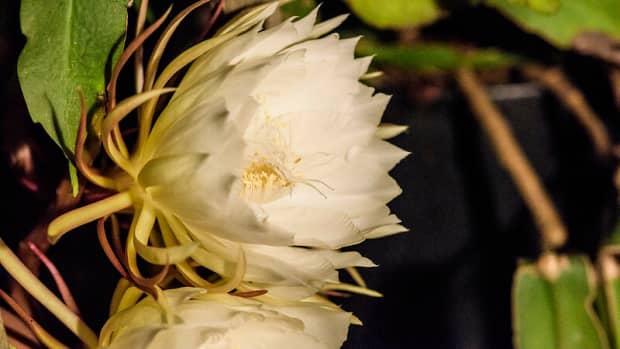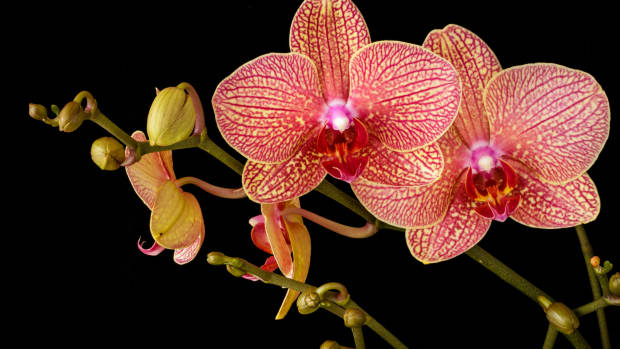How to Encourage Spring-Blooming Shrubs to Flower
Why Isn’t My Lilac Blooming?
"Hello Dengarden, I just read a little about pruning a Korean lilac because I am growing what I believe is a dwarf Korean variety. Now that I know the best ways to prune to allow more flower growth, I am wondering when I can begin.
I live in Zone 9, and I have to place some shade on the shrubs during the very hot months because the leaves burn. Can you assist me in better understanding how to care for my beautiful shrub? I don’t want the harsh weather to harm it, and I want the flowers to bloom more. I’d love to hear from you as soon as you’re able. Thank you so much for your great articles and website."—Ricardo
Shrub Care for Better Blooms
Korean lilacs (Syringa meyeri 'Palibin') can be grown as a bush or a top grafted tree form (where the bush is grafted onto a tree rootstock), and it looks like that is what you have in your garden.
Pruning will improve the overall health of your bush and will encourage flower production. Prune lilacs as soon as the flowers have died back. Yearly pruning will include:
- Thinning the bush by removing select branches to encourage new growth and prevent the bush from becoming overgrown.
- Trimming branches slightly to maintain a good shape and promote bushier growth.
- Removing suckers (this is especially important if you have a tree graft)
While other cultivars can handle hotter climates, Korean lilacs are hardy from Zones 3 to 7, so it is good that you provide shade in hot weather. Lilacs tolerate different moisture levels but prefer consistent watering to produce blooms. Lilacs are light-feeders, so adding fertilizer (even to a nearby lawn) can reduce blooming, as will overly acidic or alkaline soil.
Other factors, such as poor weather or the age of your plant, will also have an impact on flower production.
Lilacs (and many other flowering shrubs) are loved for their fragrant and beautiful blossoms, so here’s how to provide the best care for healthy bushes with lots of blooms:
Pruning
While many plants should be pruned during dormancy, spring-blooming shrubs (such as the lilac) should be pruned immediately after the blooms have faded.
These shrubs begin developing next year’s flower buds shortly after blooming, so pruning from the summer through the following spring will remove the flower buds, and you will have no flowers next year.
Make sure to prune within a couple of weeks after the plant blooms, and no later than the end of June. Pruning during this time will also stimulate new growth which will encourage further blooming.
TIP: If growing a tree-form lilac, prune the bush to match the root and trunk size.
The main pruning techniques for lilacs and other flowering shrubs are:
- Remove dead, diseased, and broken branches.
- Thin the bush to improve air circulation and light penetration by removing old branches. Do not remove more than 1/3 of the old branches each year.
- Cut back the tips of the branches to stimulate more side branches (sometimes called heading back)
- Maintain the overall shape of your bush
- Remove unwanted suckers that grow from the root base. For a bushier plant, leave some suckers to replace the ones your remove while thinning. For tree-form bushes, remove all suckers that grow from the base of the tree.
Recommended
If your lilac or flowering shrub should become overgrown, more drastic pruning methods might be necessary to get your plant back into shape. These pruning techniques will not only keep your plant healthier but will encourage more flowering!
See "References and Further Reading" for more great articles on pruning spring flowering shrubs.
Managing Soil pH
Lilacs and other flowering shrubs are quite hardy and tolerate a wide range of soil types. However, they grow and flower best with a soil pH between 6 and 7. Outside of this range, growth will be slow, and you will have significantly fewer blooms.
If your shrubs are struggling, there are many simple DIY kits to test the pH of your soil, like this one:
Fixing Fertilizer Issues
Fertilizing lilacs will often harm their health and flower production, especially high nitrogen fertilizers. Nitrogen is primarily responsible for foliage growth, and applying this to a lilac will result in lots of lush green growth at the expense of flowers.
Lilacs, like most other shrubs, are low-maintenance light-feeders that do not require fertilizer. However, even fertilizer applied to a nearby lawn can have a negative effect on your shrubs.
In most cases, a yearly application of compost is all your shrubs need to be happy and healthy and produce lots of flowers!
Ensuring Sun Exposure
Insufficient sunlight will also reduce a plant’s ability to bloom. Full-sun shrubs like lilacs need 6 to 8 hours of sunlight each day (preferably in the morning and evening).
While afternoon sun can burn leaves, lilacs are more resilient to the scorching rays than many other flowering shrubs.
Weathering the Weather
Poor weather may also be the reason your spring-flowering shrubs are not blooming. Rainy wet springs are one culprit of lack of flowers, as is a late snow or frost that damages the flower buds before they can open.
Unfortunately, there is nothing you can do about this one except hope for a good growing season …
How Many Years Do Lilac Bushes Bloom?
Your shrub might also not bloom because it is too young or too old. Young lilacs typically do not flower until they are 4 or 5 years old (although this can vary by cultivar).
And while a healthy lilac can bloom for a century, many will produce fewer flowers as they age. Providing proper care is the best way to keep your lilac healthy and blooming for decades—and longer.
References and Further Reading
- Pruning Ornamental Trees and Shrubs | Purdue Extension
- Prune Spring Flowering Shrubs for More Flowers | Garden Gate
Prune Spring Flowering Shrubs for More Flowers: Want to see more flowers on your spring-blooming shrubs? Plan ahead and prune after they bloom to encourage better blooming next year.
Send Us Your Question
Our gardening and home improvement experts are at your service. Whether you're seeking advice on nurturing your garden, tackling home projects, or anything in between, don't hesitate to ask. Get started on your journey to a greener thumb and a more beautiful home now! Submit your question to us at Ask an Expert.
This content is accurate and true to the best of the author’s knowledge and is not meant to substitute for formal and individualized advice from a qualified professional.
© 2024 Bellwether Farming



